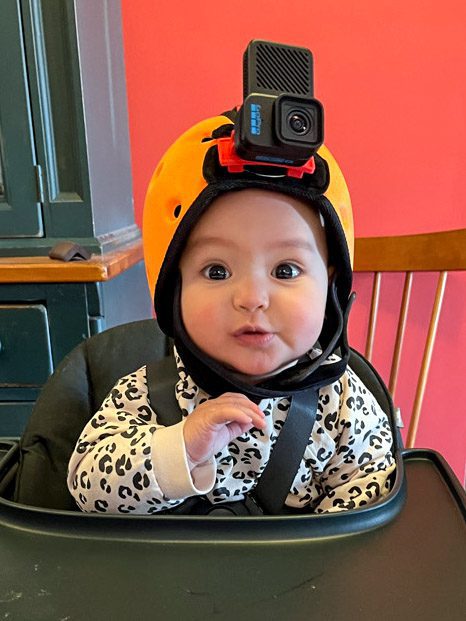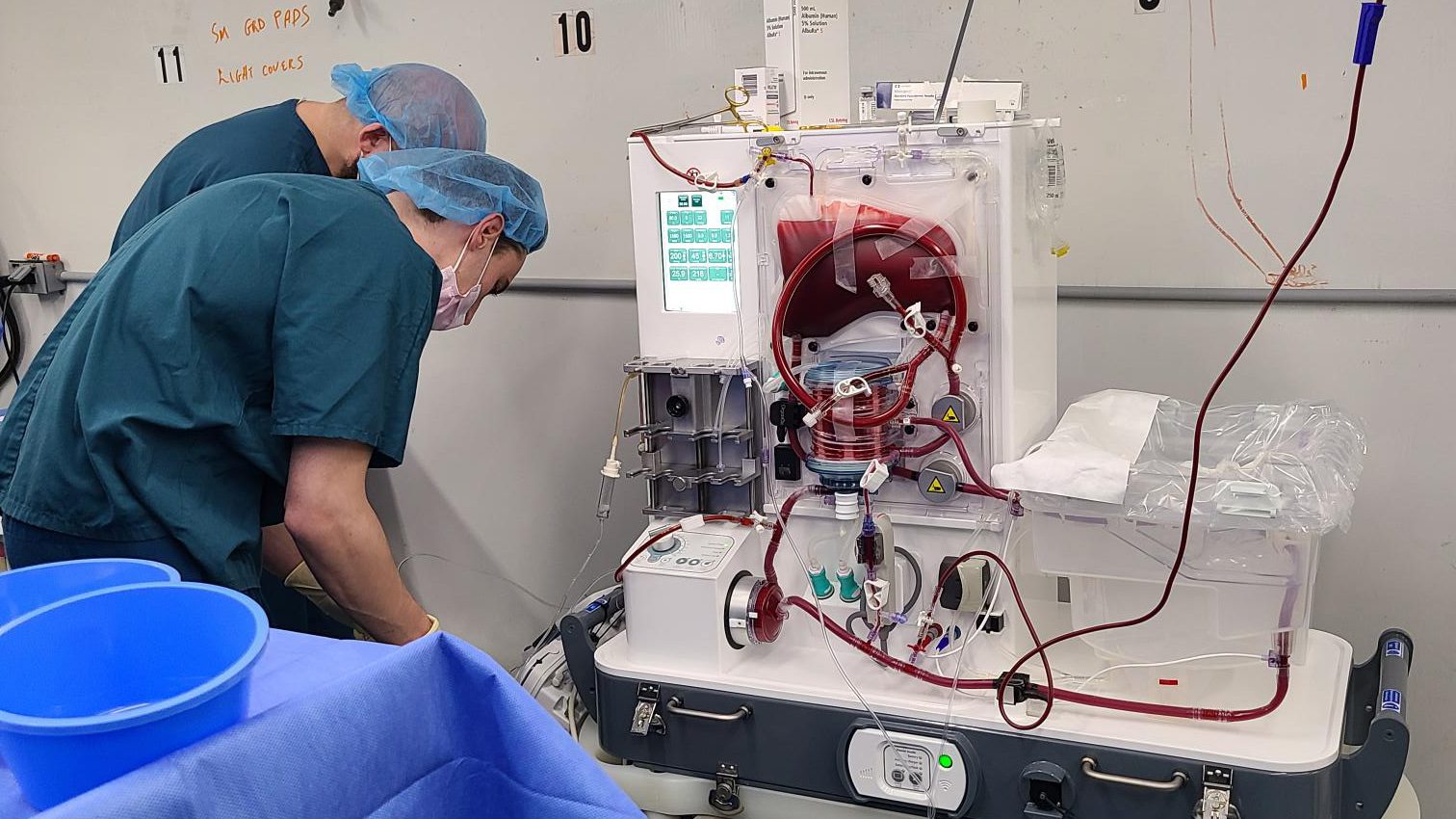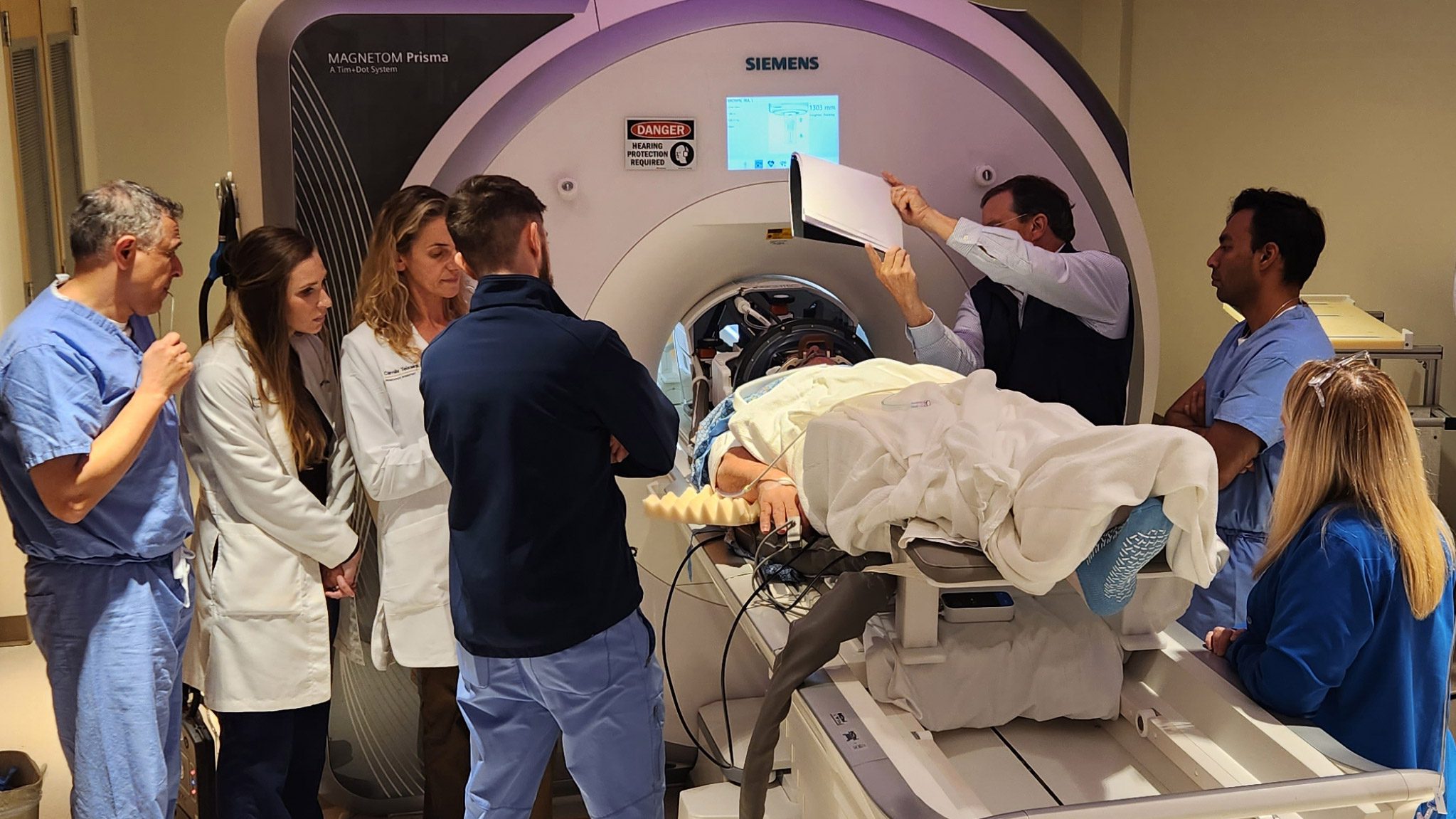Why engineers are working to build better pulse oximeters
This article first appeared in The Checkup, MIT Technology Review’s weekly biotech newsletter. To receive it in your inbox every Thursday, and read articles like this first, sign up here.
Visit any health-care facility, and one of the first things they’ll do is clip a pulse oximeter to your finger. These devices, which track heart rate and blood oxygen, offer vital information about a person’s health. But they’re also flawed. For people with dark skin, pulse oximeters can overestimate just how much oxygen their blood is carrying. That means that a person with dangerously low oxygen levels might seem, according to the pulse oximeter, fine.
The US Food and Drug Administration is still trying to figure out what to do about this problem. Last week, an FDA advisory committee met to mull over better ways to evaluate the performance of these devices in people with a variety of skin tones. But engineers have been thinking about this problem too. In today’s Checkup, let’s look at the problem with pulse oximeters—why they are biased and what technological fixes might be possible.
To understand the problem, you first have to understand how pulse oximeters work. Most of these devices clamp onto some part of the body—usually a fingertip, but sometimes they need to be placed on earlobes or toes. One side of the clamp contains LEDs that emit light in two different wavelengths—red and infrared. A sensor on the other side of the clamp measures how much of that light passes through the tissue. The hemoglobin in oxygenated blood and deoxygenated blood absorbs these wavelengths differently, and by calculating the ratio of the red-light measurements to the infrared-light measurements—the R value—the device can tabulate blood oxygen saturation.
Here’s the problem: other factors can affect how much light is absorbed. Dark nail polish, for example, can throw off the reading. Or tattoos. Or melanin. “If a person has a darker skin tone, they’re going to be absorbing more light,” says Maggie Delano, an engineer at Swarthmore College who is interested in inclusive engineering design. Imagine there are 100 photons of light going through a finger. Some get absorbed by blood, some by bone, and some by melanin in the skin. “So if someone has a darker skin tone, maybe five photons get through instead of 20,” Delano says. “If your electronics don’t compensate for that in some way, there can be errors in that result.”
Those errors can have real clinical consequences. Blood oxygen is one of the key vital signs doctors use to determine whether someone needs to receive oxygen or be admitted to the hospital.
Engineers are working to fix this problem in a variety of ways. At Tufts, Valencia Koomson and her colleagues have developed a device that can detect when the signal quality is poor or when the user has a darker skin tone and compensate by sending more light through. “We’re dealing with very weak optical signals that have to transverse through tissues with lots of [other] elements that absorb and scatter light,” she told Inverse. “It’s very similar to when you’re riding a car and you go through a tunnel. You lose signal because of the absorption of the materials in the tunnel, such that the signal being transmitted from the cell-phone tower is too weak to be processed by your phone.”
Koomson and her colleagues are collaborating with a medical-device manufacturing company to develop a prototype for clinical trials. Because their team was named a finalist in a recent challenge by Open Oximetry, they’ll be able to validate the device for free in the Hypoxia Lab at the University of California, San Francisco.
Meanwhile, engineers at Brown University are trying to find a workaround using special LEDs that can emit polarized light beams. Jesse Jokerst, an engineer at the University of California, San Diego, is working on an oximeter that uses light and sound, and also corrects for skin tone. Another team at the University of Texas at Arlington is hoping to swap the standard red light in pulse oximeters for green light, which bounces back instead of being absorbed. At Johns Hopkins, engineers have developed a prototype pulse oximeter that factors in skin tone when calculating blood oxygen saturation.
Neal Patwari, a mechanical engineer at Washington University in St. Louis, wants to keep the pulse oximeter’s hardware the same, but swap out the algorithm. A pulse oximeter takes four different measurements, two in each wavelength. One measurement takes place as the heart pushes blood through the arteries, when blood flow is at a maximum, and the other happens between pulses, when blood flow is at a minimum. Those four numbers get fed into an algorithm that calculates ratios—actually, one ratio divided by another. That gives you the R value. But, “when you take two numbers and divide them, you can get some strange effects when the denominator is noisy,” Patwari says. And one of the factors that can increase noisiness is darkly pigmented skin. He hopes to find an algorithm that doesn’t rely on ratios, which could offer up a less biased R value.
Whether any of these strategies will fix the bias in pulse oximeters remains to be seen. But it’s likely that by the time improved devices are up for regulatory approval, the bar for performance will be higher. At the meeting last week, committee members reviewed a proposal that would require companies to test the device in at least 24 people whose skin tones span the entirety of a 10-shade scale. The current requirement is that the trial must include 10 people, two of whom have “darkly pigmented” skin.
In the meantime, health-care workers are grappling with how to use the existing tools and whether to trust them. In the advisory committee meeting on Friday, one committee member asked a representative from Medtronic, one of the largest providers of pulse oximeters, if the company had considered a voluntary recall of its devices. “We believe with 100% certainty that our devices conform to current FDA standards,” said Sam Ajizian, Medtronic’s chief medical officer of patient monitoring. A recall “would undermine public safety because this is a foundational device in operating rooms and ICUs, ERs, and ambulances and everywhere.”
But not everyone agrees that the benefits outweigh the harms. Last fall, a community health center in Oakland California, filed a lawsuit against some of the largest manufacturers and sellers of pulse oximeters, asking the court to prohibit sale of the devices in California until the readings are proved accurate for people with dark skin, or until the devices carry a warning label.
“The pulse oximeter is an example of the tragic harm that occurs when the nation’s health-care industry and the regulatory agencies that oversee it prioritize white health over the realities of non-white patients,” said Noha Aboelata, CEO of Roots Community Health Center, in a statement. “The story of the making, marketing and use of racially biased pulse oximeters is an indictment of our health-care system.”
Read more from MIT Technology Review’s archive
Melissa Heikkilä’s reporting showed her just how “pale, male, and stale” the humans of AI are. Could we just ask it to do better?
No surprise that technology perpetuates racism, wrote Charlton McIlwain in 2020. That’s the way it was designed. “The question we have to confront is whether we will continue to design and deploy tools that serve the interests of racism and white supremacy.”
We’ve seen that deep-learning models can perform as well as medical professionals when it comes to imaging tasks, but they can also perpetuate biases. Some researchers say the way to fix the problem is to stop training algorithms to match the experts, reported Karen Hao in 2021.
From around the web
The high lead levels found in applesauce pouches came from a single cinnamon processing plant in Ecuador. (NBC)
Alternating arms for your covid vaccines might offer an immunity boost over sticking to the same arm, according to a new study. (NYT)
Weight loss through either surgery or medication lowers blood pressure, according to new research. (CNN)
Pharma is increasingly building AI into its businesses, but don’t expect that to lead to instantaneous breakthroughs. (STAT)




